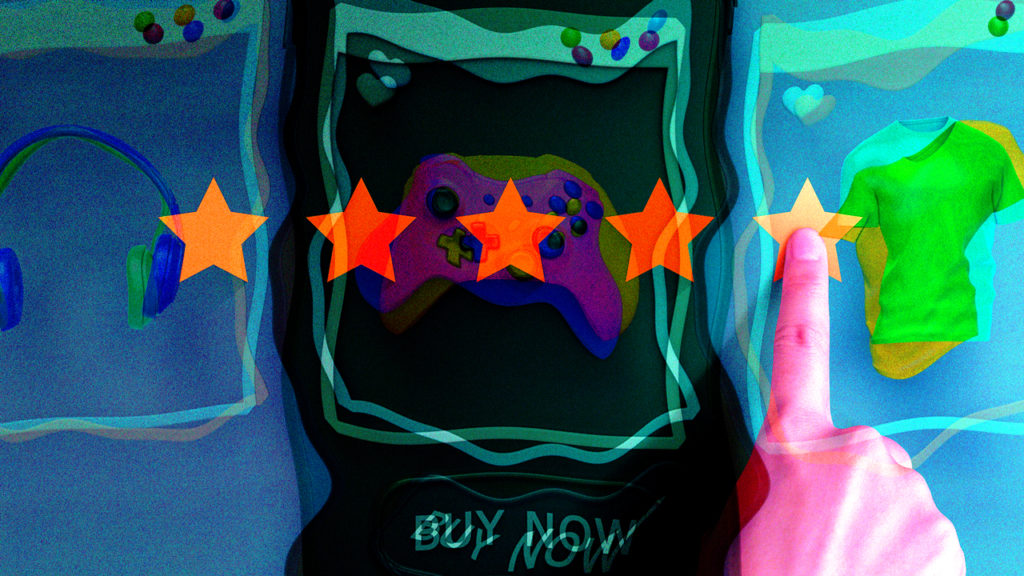Last year, direct-to-consumer (DTC) ecommerce sales grew 45.5 percent, generating $111.54 billion and comprising 14 percent of total retail ecommerce sales. This upward momentum will continue into 2023 when ecommerce sales are expected to reach $174.98 billion, according to eMarketer.
In its latest report, eMarketer unpacks the primary drivers of the model’s success—data and feedback—and the DTC trends marketers need to know, with insight from DTC leaders on the key marketing tactics they’re currently leveraging, their view of the current state of retail and their learnings from the past year.
Over the past few years, a greater emphasis on owned and operated online channels has pushed more brands to adopt a DTC model. In 2020, the model became particularly attractive as the pandemic rattled supply chains, delayed orders and closed stores.
The DTC model allows brands to collect first-party data and to leverage that data to scale or improve operations, control brand messaging, choose how products are presented and determine which products require customization and which need to be created, effectively improving margins in all facets of their strategy.
Though digitally native brands faced a tough year, collectively these brands grew their ecommerce sales by 40 percent in 2020—an upward revision from eMarketer’s earlier estimate of 24.3 percent growth.
As the firm notes, the adjustment was due to the fact that 2020 was a mixed bag of performance and at the same time, because these brands returned to their digital-first roots and experimented with secondary distribution channels. In fact, digitally native brands outperformed the market average of 33.6 percent growth, mostly due to the performance of certain brands like Peloton, HelloFresh and Barkbox.
Looking ahead, eMarketer predicts DTC brands will continue to branch out into multiple distribution channels—for example, Harry’s offering deodorant and Allbirds selling apparel and socks. In addition, brands will focus heavily on their values as consumers pay more attention to sustainability, locally sourced products and whether brands are helping to serve communities.
“Now is the time for DTCs to get into expansion mode and figure out how to capitalize on the growth they saw last year. With shoppers feeling more comfortable returning to stores, these brands will likely face heightened competition, so the last thing they want is to lose relevancy with the customers they’ve just acquired,” said Cindy Liu, eMarketer director of forecasting at Insider Intelligence.
As eMarketer points out, what a lot of these digitally-native vertical DTC brands have in common is they’re hyper-focused and usually launch with just a few SKUs, they have a customer-first approach, they built their sales models around subscriptions and memberships, and they have a solid grasp on the power of influencers and word of mouth.
For Quip, vice president of growth Shane Pittson says it’s important they don’t exclude people that don’t want to shop online, and that brick-and-mortar distribution was always part of their plan given “retail is still a very fun place for product discovery.”
As for Scentbird, co-founder Mariya Nurislamova says the company likes to have “really strong influencer relationships.” The company started off by giving free subscriptions to several influencers and eventually, one blogger they gifted drove roughly 300 sales in 10 minutes.
According to John Sheldon, chief marketing officer at SmileDirectClub, the upside to ecommerce is the flexibility to tweak, listen and improve based on feedback to create a superior experience — compared to committing to a retailer a year in advance.
A major part of improving the overall customer experience for DTC brands is leveraging first-party data, to which many have direct access. With so much data at their fingertips, however, some brands don’t know how to utilize it while others don’t feel they have the correct data to work with. Brands should focus on creating more personalized and elevated customer experiences versus simply building transactional relationships, suggests eMarketer.
To better understand the power of DTC last year, eMarketer spoke with David Lester, co-founder of Olipop, a soda brand that didn’t even have a website in its first year of launch in 2017 – until last year when SMS helped drive the brand’s monthly subscriptions.
As Lester notes, cans of heavy drinks at a $3 price point weren’t particularly suitable to the DTC channel but when shelter-in-place orders took effect, Olipop jumped at the opportunity. The brand launched its website in fall 2019, and then ran its first Facebook ad around February 2020. As a result, the brand has seen a tenfold increase in DTC sales over the past 12 months or so, according to Lester.
As Olipop growth marketing manager Steven Vigilante notes, since last fall Olipop has expanded to multiple different acquisition channels and is adding on as they go while at the same time leveraging SMS to build a base of subscribers.
Since making some changes to its site last summer to emphasize subscriptions more, Olipop has grown its subscribers tenfold. Typical open rates on the brand’s texts are about 80 percent, 40 percent of which convert. What’s more, when Olipop launched its blackberry vanilla flavor, it did about $15,000 in sales in 15 minutes. Today, ecommerce makes up close to 50 percent of Olipop’s revenues.

